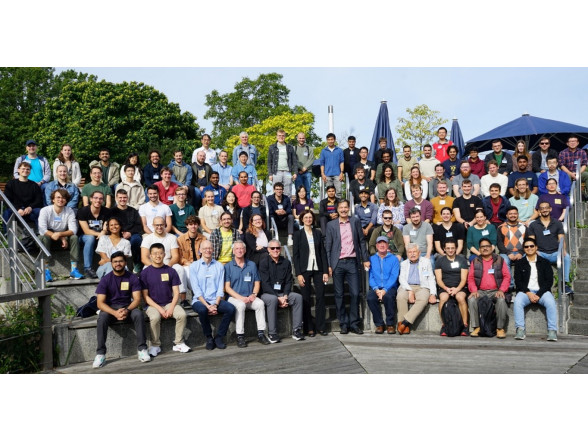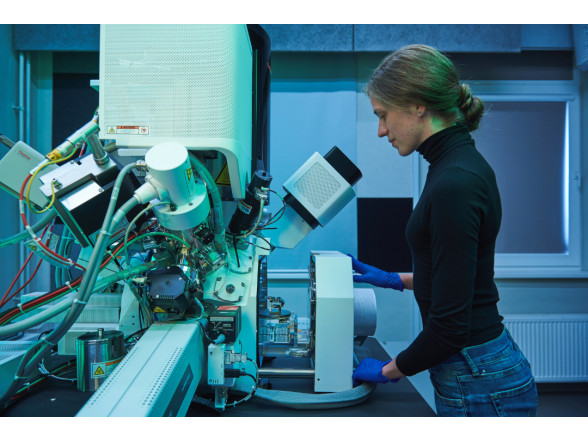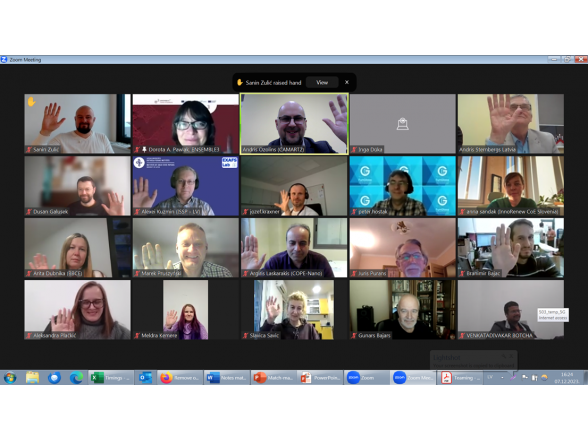A research assistant from the ISSP UL’s Laboratory of Computer Modeling of Electronic Structure of Solids, Jurijs Grečenkovs participated in the Autumn School on Correlated Electrons: Orbital Physics in Correlated Matter, which took place in Forschungszentrum Jülich from 18 to 22 September. The school was intended for advanced graduate or PhD students and postdocs in the field of electronic structure of materials.
Jurijs Grečenkovs presented the results of his research on calculating optical spectra of chalcopyrite-type materials using Bethe-Salpeter equation formalism. The purpose of this meeting was to demonstrate the expertise of ISSP researchers in ab initio calculation, gain experience in modelling correlated phenomena in the solid state from leading experts in the field and promote collaboration.
The school was organized by Dr. Eva Pavarini and Erik Koch. This year’s school aimed to provide students with an overview of the state of the art in the field of orbital physics in strongly correlated systems and the techniques used to investigate them. After introducing fundamental models and effects, lectures focused on these effects in real materials, with introductions to crystallography and symmetries, methods for building minimal tight-binding Hamiltonians, the Jahn-Teller effect, and Coulomb-enhancements of the Jahn-Teller effect. Advanced lectures addressed orbital ordering, orbital liquids and Kitaev materials, as well as theoretical approaches, from self-interaction corrected density functionals to dynamical mean-field theory and beyond. Experimental lectures presented probes of spin, orbital, and charge degrees of freedom, techniques to image orbitals and orbital ordering, and orbitally controlled transport phenomena.



